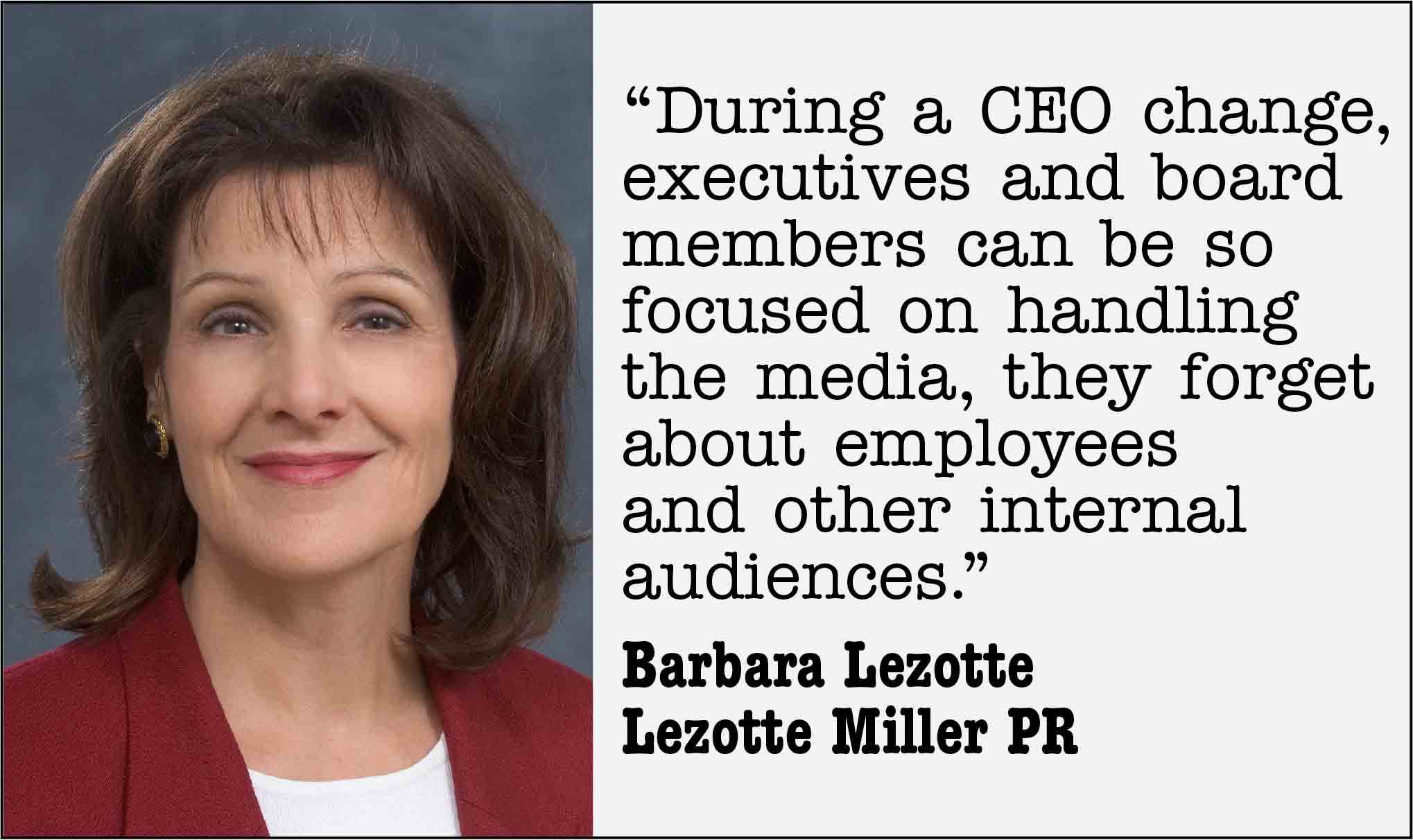Let’s face it, while the money and perks that come with the job are nice, it’s no picnic being a CEO, let alone of a leader of a public company in the much-maligned financial space. Just ask Citigroup’s ex-chief executive Vikram Pandit, who, on Oct. 16, left his job quite unexpectedly. That morning, employees read an e-mail from Pandit that stated: “After five extraordinary years, I have decided to step down... Only you can understand the effort and hard work that was put in to get our company where it is today.”
It was reported that Pandit’s ouster after clashing with Citi’s board of directors came as a shock to most senior executives at Citi. But the act itself isn’t that shocking. In fact, it’s all too common, particularly these days when the economy is down and company leaders are vulnerable to dissatisfied boards and disgruntled shareholders.
Consider this: The typical career span of a CEO in the U.S. and Canada is 41 months, according to an average of calculations by several of the most reputable placement agencies. Forty-one months equals 3.42 years—not a long average tenure when you think about it. Challenger Gray & Christmas reports that in the 1990s, the average tenure was about 10 years. So the chances are good that as a communicator, you’ll have to deal with such a scenario at one point or another.
How does PR handle such a shock to the corporate system? Is there anything that can be done in advance to prepare for the unexpected? Given Pandit’s experience, as well as other recent high-profile CEO ousters—like Yahoo’s Scott Thompson (for padding his resume) and Best Buy’s Brian Dunn (for an ethics violation), PR News decided to explore communications during such events, and the transition to new leadership afterwards.
In the case of Citi, when much of the company was caught unaware of the change, how key stakeholders like employees, customers and the media are communicated to in the hours after the news breaks is critical, says Lisa Rose, senior managing director at PR agency Dix & Eaton.
QUELL UNCERTAINTY
 |
Due to this surprise factor, having messaging ready in advance to reach those stakeholders is the optimal strategy, says Barbara Lezotte, president of Lezotte Miller Public Relations. More often than not, the PR team isn’t privy to leadership changes involving strife—unless they have an ear in the boardroom—and getting those messages out quickly is paramount.
And a good chunk of your messaging should be internally focused, says Lezotte. “During a CEO change, executives and board members can be so focused on handling the media—and if they’re a pubic company, shareholders—that they forget about employees and other internal audiences,” she says. “Clueing employees in and helping them reduce their anxiety translates to job security for them and a smoother transition for the organization.”
Uncertainty is the Achilles’ heel in these instances. Lezotte recalls a situation with a client whose CEO was let go after a crisis. The board first took a week to appoint an interim CEO, and then installed interim No. 2 a month later. “A permanent CEO wasn’t brought in until six months later,” says Lezotte. That’s an awful long period of uncertainty—both internally and externally.
MOVE QUICKLY
Citigroup, on the other hand, kept the uncertainty to a minimum after Pandit was gone. It quickly named 52-year-old Michael Corbat, who has worked at the company for all his career, as the new chief executive.
He deftly said all the right things upon his appointment, calling himself a “true believer in this Company” in a memo to employees. He added that he plans on taking several weeks to examine the business and review chains of command.
According to crisis PR and corporate leadership expert Jim Lukaszewski, president of The Lukaszewski Group, urgent actions that a new CEO takes immediately can assure success. “Focusing on these actions will help a CEO move through the first few months and speed their mental transition to the post,” says Lukaszewski. The actions include:
1. Get local help: Find a peer, fellow CEO or senior level counselor of whom you can ask those embarrassing and sometimes silly questions all new CEOs have.
2. Be visible in the community and the countryside: Even though you may be uncomfortable with a reasonably high profile, this is expected of you.
3. Change expectations: Exercise the discipline of the strategist. Effective strategies are time-sensitive, brief, stated positively, understandable and clearly achievable. If you can combine your goals with your strategies, your odds of success go up dramatically. Two of the best models are:
• Jack Welch rebuilt GE with: Be #1 in your category, or #2 going for #1, or be preparing an exit strategy for leaving GE.
• FedEx: Absolutely, positively overnight.
Whether your leader is stepping down after 35 years on the job, or is booted out unexpectedly, Rose says it’s not only up to the new CEO to set a new tone, but to the communications leader as well. In the case of Citigroup, “Corbet has an opportunity to create energy that may not have been there before,” says Rose.
And PR should be well positioned to help lead that charge. PRN
CONTACT:
Lisa Rose, [email protected]; Barbara Lezotte, [email protected]; Jim Lukaszewski, [email protected].

